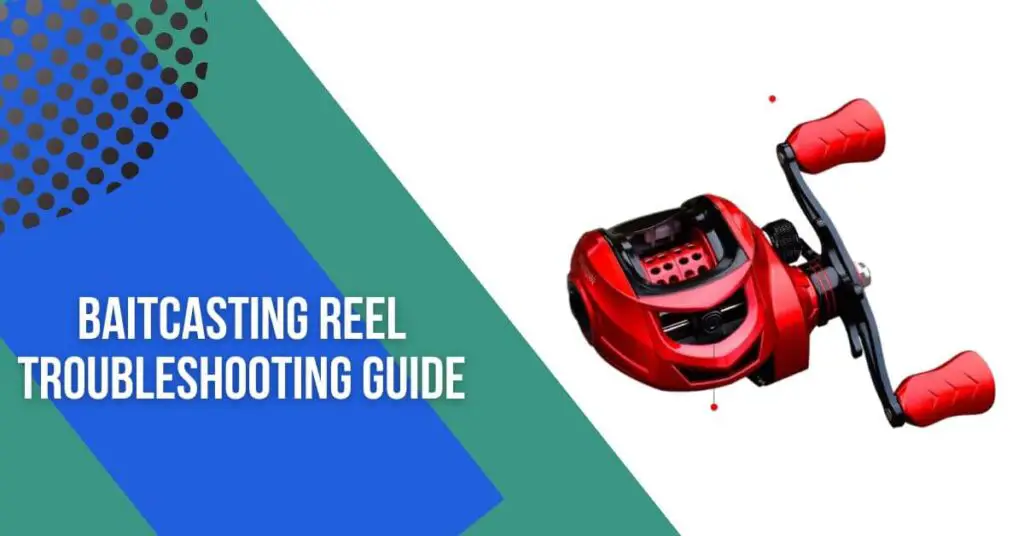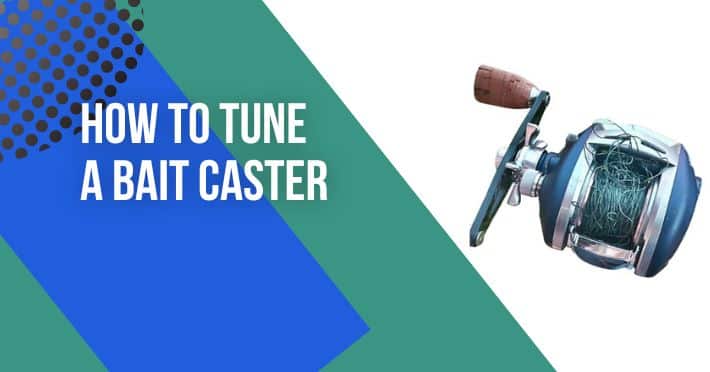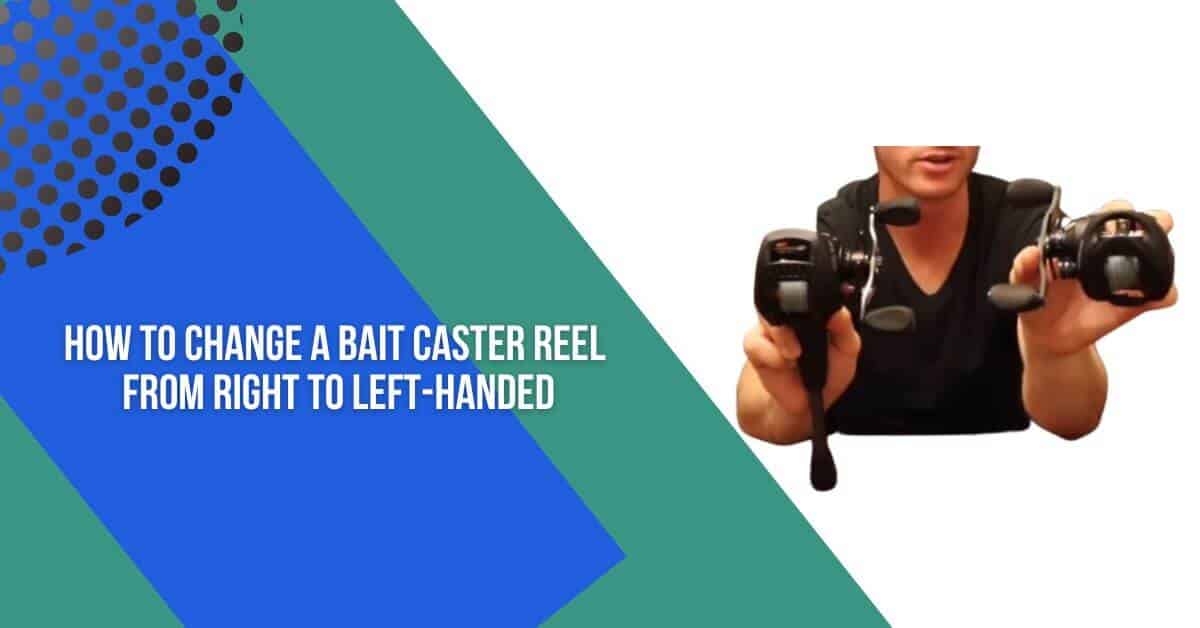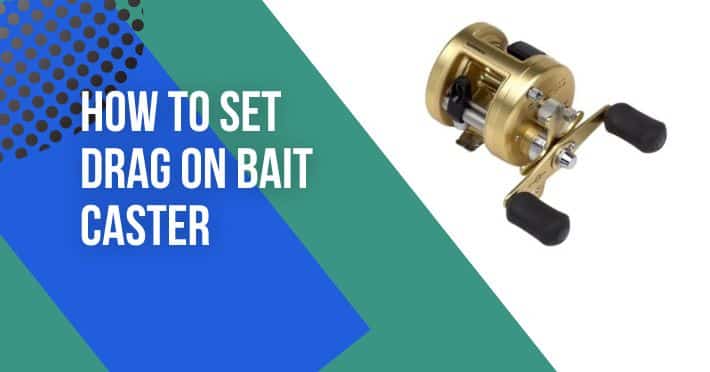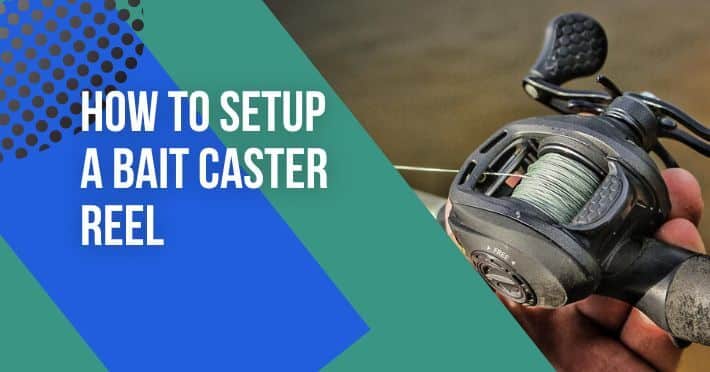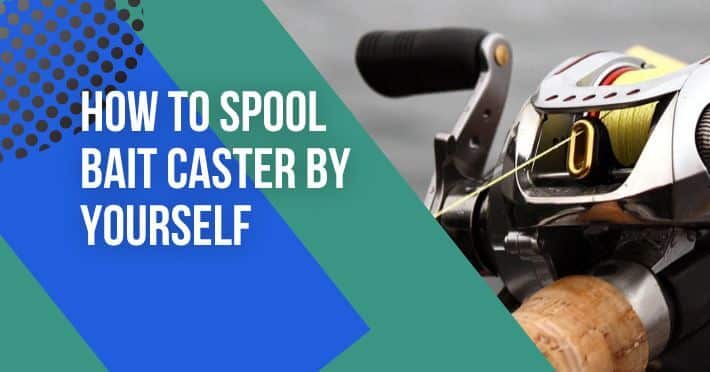Contents
- 1 Baitcasting Reel Troubleshooting Guide
- 2 Common Problems with Baitcasting Reels
- 3 Troubleshooting Guide for Baitcasting Reels
- 4 1) Line Tangles:
- 5 2) Backlash:
- 6 3) Line Breaks:
- 7 4) Drag Issues:
- 8 5) Spool Tension Problems:
- 9 Maintenance Tips for Baitcasting Reels
- 10 1) Clean and Lubricate Regularly:
- 11 2) Check and Replace Worn Parts:
- 12 3) Store Properly:
- 13 4) Use the Right Line:
- 14 Conclusion
- 15 Frequently Asked Questions
- 16 What is backlash in a baitcasting reel?
- 17 How do I prevent backlash on baitcasting reel?
- 18 How often should I clean and lubricate my baitcasting reel?
- 19 Can I use any type of fishing line on my baitcasting reel?
Baitcasting reels are a popular type of fishing reel used by many anglers for their precision and control. Unlike other types of reels, baitcasting reels are designed to be used with heavier lines and lures, making them ideal for catching large fish species.
Baitcasting reels come in a variety of sizes, styles, and price points, making them a versatile option for both beginner and experienced anglers. However, like any piece of fishing equipment, baitcasting reels can experience problems or malfunctions that can impact their performance.
In this guide, we will explore baitcasting reel troubleshooting guides and some of the common problems that can occur with baitcasting reels and provide troubleshooting tips to help you address them. We will also discuss some maintenance tips to keep your baitcasting reel in top condition and help you get the most out of your fishing experience.
Baitcasting Reel Troubleshooting Guide
A baitcasting reel troubleshooting guide provides a comprehensive set of instructions for addressing common issues that may arise with your baitcasting reel. These guides typically cover a range of topics, including how to identify and fix problems with the reel’s drag system, spool tension, bearings, and more.
The guide typically begins with an introduction to baitcasting reels, including their parts and how they work. From there, it may cover common problems that anglers experience with their baitcasting reels, such as backlash, bird nests, and gear noise.
The guide will then provide step-by-step instructions for troubleshooting these issues, often with detailed diagrams and photos to illustrate each step. It may also provide tips for preventing these problems from occurring in the first place, such as proper spool tension, correct casting technique, and regular maintenance.
In addition to troubleshooting instructions, many baitcasting reel guides also provide maintenance tips to help keep your reel in top condition. This may include information on how to clean and lubricate your reel, how to store it properly, and how to check for worn or damaged parts.
Overall, a baitcasting reel troubleshooting guide is an invaluable resource for any angler who wants to keep their reel functioning properly and get the most out of their fishing experience.
Common Problems with Baitcasting Reels
While baitcasting reels are known for their precision and control, they can experience some common problems that can affect their performance. Here are some of the most common problems that anglers encounter with baitcasting reels:
- Line Tangles: Baitcasting reels can be prone to line tangles, especially if the spool tension is not set correctly or the line is not loaded evenly on the spool.
- Backlash: Backlash occurs when the spool spins faster than the line is being released, causing the line to tangle and knot on the spool. Backlash can be caused by improper spool tension, casting technique, or wind conditions.
- Line Breaks: Line breaks can occur if the line is old or damaged, if the drag is not set correctly, or if the fish is too strong for the line weight.
- Drag Issues: Drag issues can occur if the drag system is not functioning properly or if it is not set correctly. This can cause the fish to escape or the line to break.
- Spool Tension Problems: Spool tension problems can cause issues with casting accuracy and distance. This can be caused by improper spool tension, worn out bearings, or damaged spool components.
By identifying these common problems, anglers can take the necessary steps to troubleshoot and address them, ensuring that their baitcasting reel performs at its best.
Troubleshooting Guide for Baitcasting Reels
If you’re experiencing issues with your baitcasting reel, here are some troubleshooting tips to help you identify and address the problem:
1) Line Tangles:
- Check the spool tension and adjust it as needed.
- Make sure the line is loaded evenly on the spool.
- Check the line for twists or knots and correct as needed.
- Avoid casting into the wind, which can increase the likelihood of tangles.
2) Backlash:
- Adjust the spool tension to match the weight of the lure.
- Slow down your casting motion and use your thumb to control the spool.
- Avoid casting into the wind, which can cause backlash.
- Use a heavier line to reduce the likelihood of backlash.
3) Line Breaks:
- Use a high-quality fishing line that is appropriate for the size and weight of the fish you’re targeting.
- Check the drag system and adjust it as needed.
- Avoid setting the drag too tight, as this can cause the line to break.
4) Drag Issues:
- Check the drag system and make sure it is functioning properly.
- Adjust the drag to match the size and weight of the fish you’re targeting.
- Avoid setting the drag too tight or too loose, as this can affect the performance of the reel.
5) Spool Tension Problems:
- Check the spool tension and adjust it as needed.
- Check the bearings and spool components for damage and replace as needed.
- Make sure the line is loaded evenly on the spool.
- Avoid overfilling the spool, which can cause spool tension problems.
By following these troubleshooting tips, you can address common problems with your baitcasting reel and keep it performing at its best.
Maintenance Tips for Baitcasting Reels
Proper maintenance is essential for ensuring the optimal performance and longevity of your baitcasting reel. Here are some maintenance tips to keep in mind:
1) Clean and Lubricate Regularly:
- After each use, wipe down the reel with a clean cloth to remove dirt and debris.
- Every few months, disassemble the reel and clean the parts thoroughly using a mild detergent and water.
- Apply a high-quality lubricant to the moving parts, such as the gears and bearings, to prevent corrosion and ensure smooth operation.
2) Check and Replace Worn Parts:
- Inspect the reel regularly for signs of wear and tear, such as cracked or bent components.
- Replace any worn or damaged parts as soon as possible to prevent further damage to the reel.
3) Store Properly:
- When not in use, store the reel in a cool, dry place to prevent moisture buildup and corrosion.
- Avoid storing the reel in direct sunlight or extreme temperatures, which can damage the components.
4) Use the Right Line:
- Use a high-quality fishing line that is appropriate for the size and weight of the fish you’re targeting.
- Avoid using line that is too heavy, as this can strain the reel and cause it to wear out faster.
By following these maintenance tips, you can keep your baitcasting reel in top condition and enjoy optimal performance on every fishing trip.
Conclusion
In conclusion, baitcasting reels are an important tool for anglers, but they can sometimes experience issues that can affect their performance. By following the troubleshooting tips outlined in this guide, you can address common problems and keep your reel functioning properly. Additionally, regular maintenance is essential for keeping your baitcasting reel in top condition and ensuring optimal performance over the long term.
Frequently Asked Questions
What is backlash in a baitcasting reel?
Backlash occurs when the spool spins faster than the line can come off, causing the line to tangle and knot.
How do I prevent backlash on baitcasting reel?
To prevent backlash, adjust the spool tension to match the weight of the lure, use your thumb to control the spool during casting, and avoid casting into the wind.
How often should I clean and lubricate my baitcasting reel?
It’s a good idea to clean and lubricate your reel after each use, and every few months to disassemble and clean the parts thoroughly.
Can I use any type of fishing line on my baitcasting reel?
No, it’s important to use a high-quality fishing line that is appropriate for the size and weight of the fish you’re targeting. Using the wrong line can cause performance issues and potentially damage the reel.

